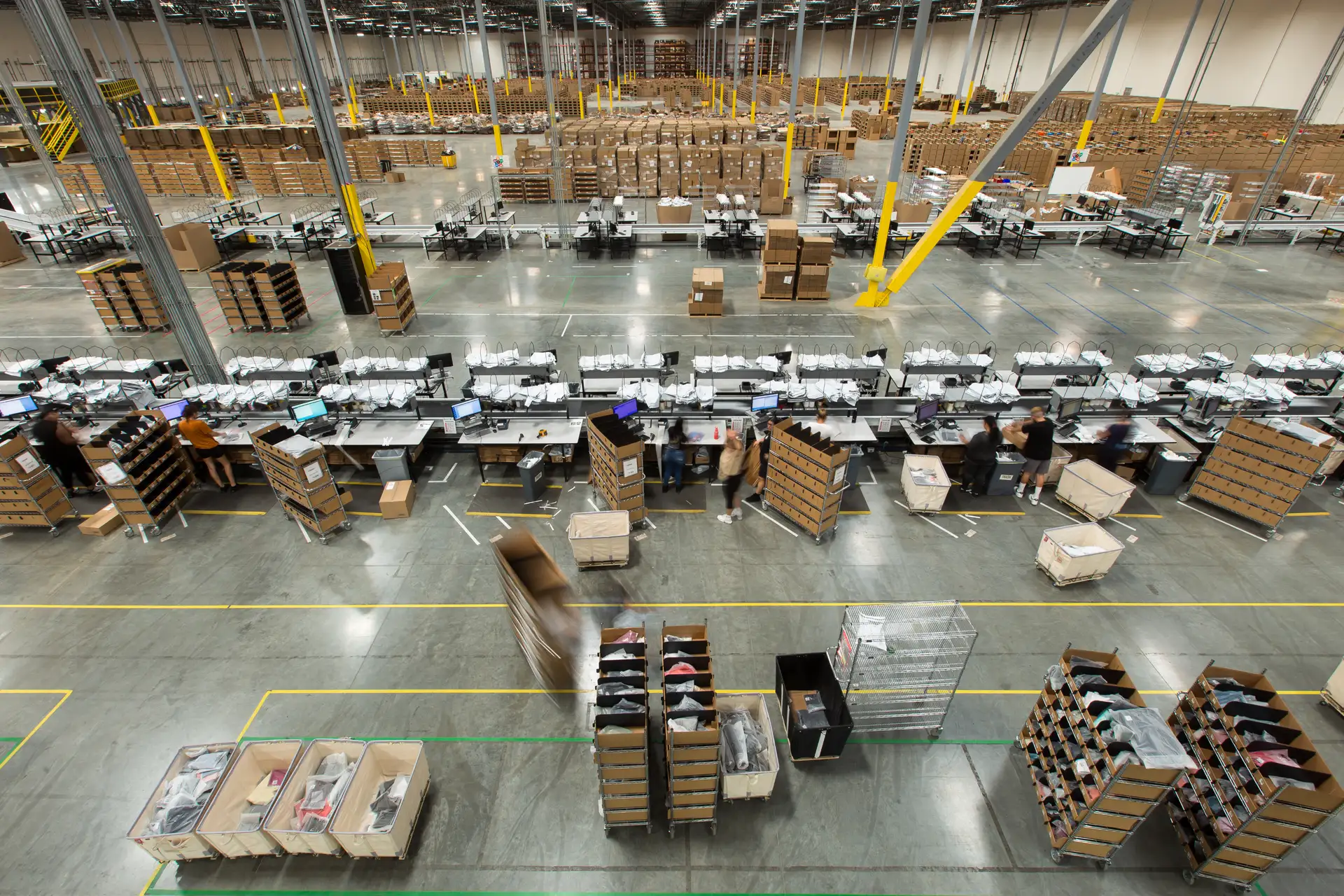Efficient eCommerce Customs Management
Successful eCommerce international shipping depends on clear pricing, efficient customs clearance, and accurate documentation to ensure smooth clearance and satisfied customers.
Landed Cost Transparency
Be transparent with your customers. Provide a "landed cost" at checkout that includes all duties and taxes. This avoids nasty surprises and improves customer satisfaction. To do this accurately, you need a firm grasp of how taxes are calculated.
Learn more:
Practical Guide to UK Customs Duties, Tariffs & Import VAT
Bulk Clearance & Automation
High-volume shipping requires ultra-efficient customs clearance. Bulk clearance and automation software process thousands of declarations rapidly, preventing border delays.
Accurate Documentation
Accuracy is crucial, even for small parcels. Digital, automated systems for generating commercial accurate invoices are essential.
Ensure that you have everything covered by reading our guide to Essential Customs Documents.

